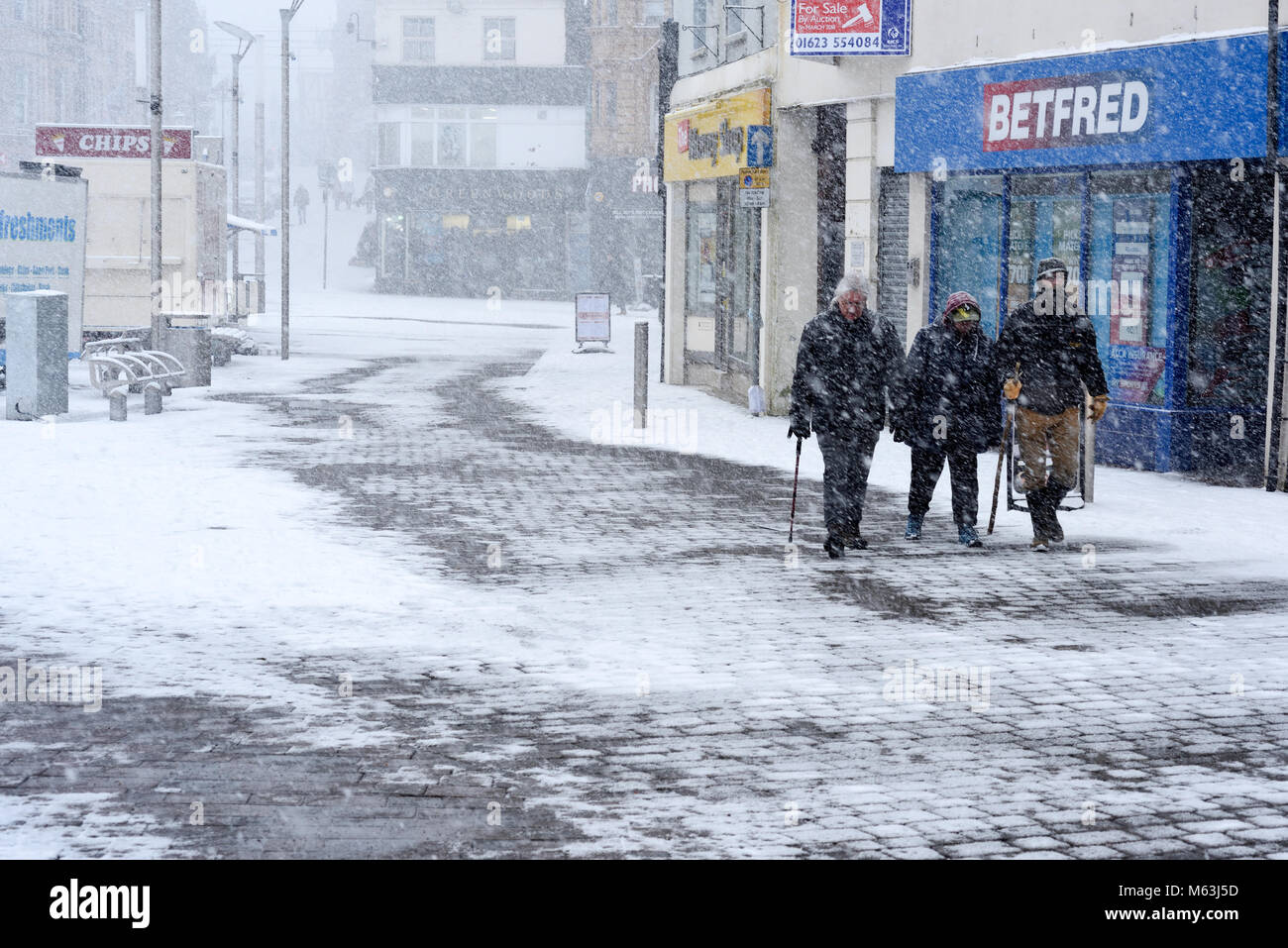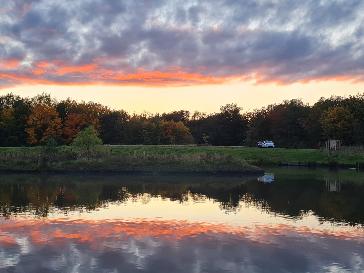

Whilst there was not much change to the existing weather symbols new symbols giving information on pollen and sun levels were introduced. On 2 October 2000, BBC Weather underwent a more significant change. These forecasts were widely acclaimed for their simplicity, winning an award from the Royal Television Society in 1993. On 18 February 1985, computer graphics were introduced although the basic design of symbols was kept the same. The symbols were designed to be 'self-explicit', allowing the viewer to understand the map without a key or legend. Early hand-drawn maps gave way to magnetic symbols, which in turn gave way to bluescreen (CSO) computer-generated imagery technology, each of which allowed the presenter greater control over the information displayed.Įarly magnetic symbols tended to adhere poorly to the maps, and occasional spelling errors (such as the presenter writing 'GOF' instead of 'FOG') marred some broadcasts, but allowed the presenter to show how weather would change over time. Graphical technology Michael Fish presents a weather forecast in 1974.Īs computational capability improved, so did graphics technology. This did not change until 1973 with the installation of a new computer, increasing processing power of the Weather Centre greatly, leading to forecasts twice as accurate as earlier ones. Satellite photography was available from 1964, but was of a poor quality and was given on paper, with the coastline etched in felt-tip pen. In 1962, the installation of a fax machine and an electronic computer in the Met Office led to more accurate and quicker forecasting. Radio forecasters were chosen by a BBC audition from the forecasters at the London Weather Centre. The London Weather Centre which opened in 1959 took the responsibility for the national radio weather broadcasts.

The forecasts were presented by the same person who had composed them, and had relatively low accuracy. At that point, the maps were drawn by hand in the London Weather Centre, before being couriered across London. In an in-vision the narrator stands in front of the map. On 11 January 1954, the first in-vision weather forecast was broadcast, presented by George Cowling. The map filled the entire screen, with an off-screen announcer reading the next day's weather. In 1936, the BBC experimented with the world's first televised weather maps, brought into practice in 1949 after World War II. The first BBC weather forecast was a shipping forecast, broadcast on the radio on behalf of the Met Office on 14 November 1922, and the first daily weather forecast was broadcast on 26 March 1923. History George Cowling presented the first in-vision forecast on 11 January 1954. The Met Office had been the provider of weather information for 94 years. On 6 February 2018, BBC Weather changed supplier from the government Met Office to MeteoGroup after an open competition. BBC Weather is the department of the BBC (British Broadcasting Corporation) responsible for both the preparation and the broadcasting of weather forecasts.


 0 kommentar(er)
0 kommentar(er)
